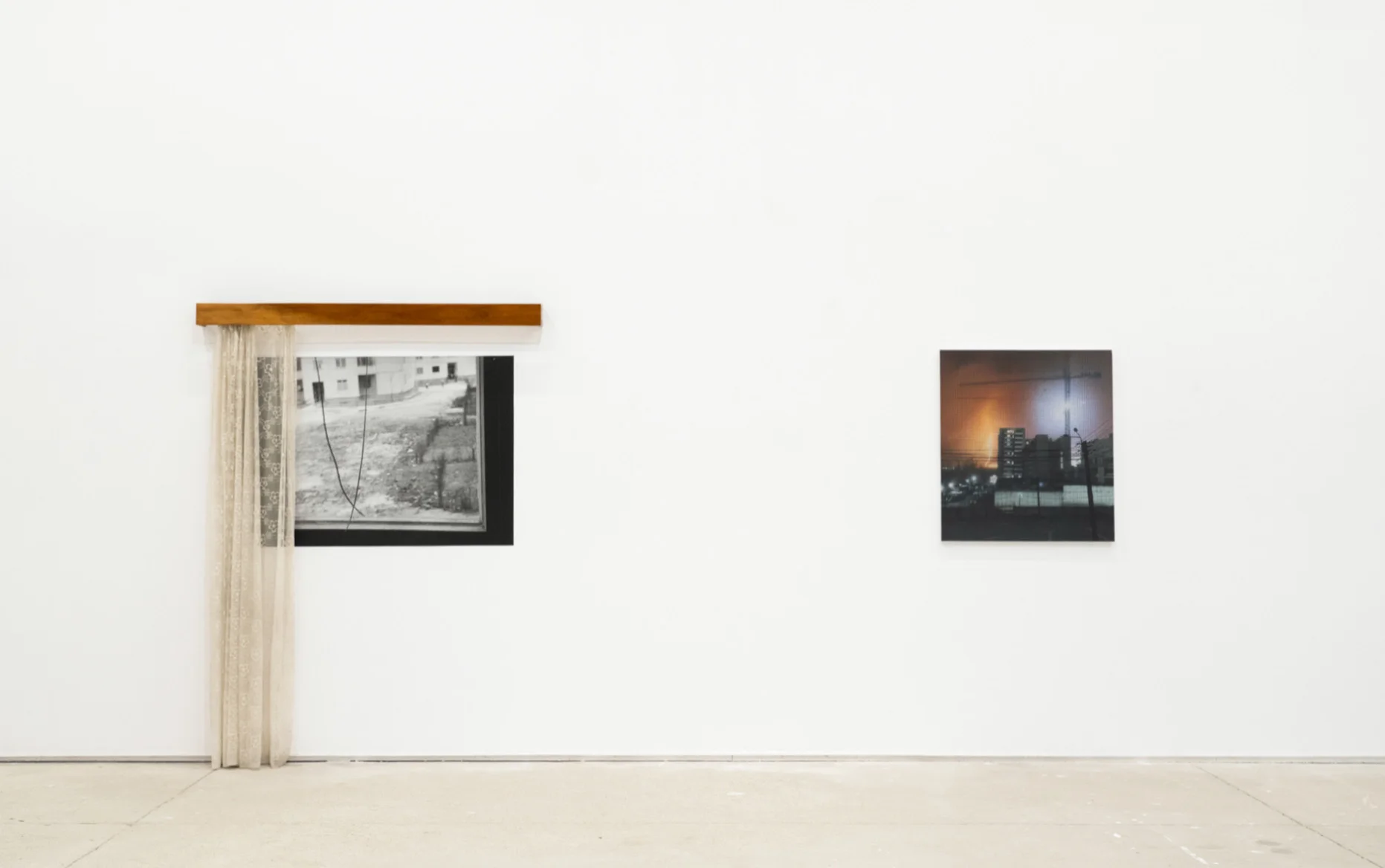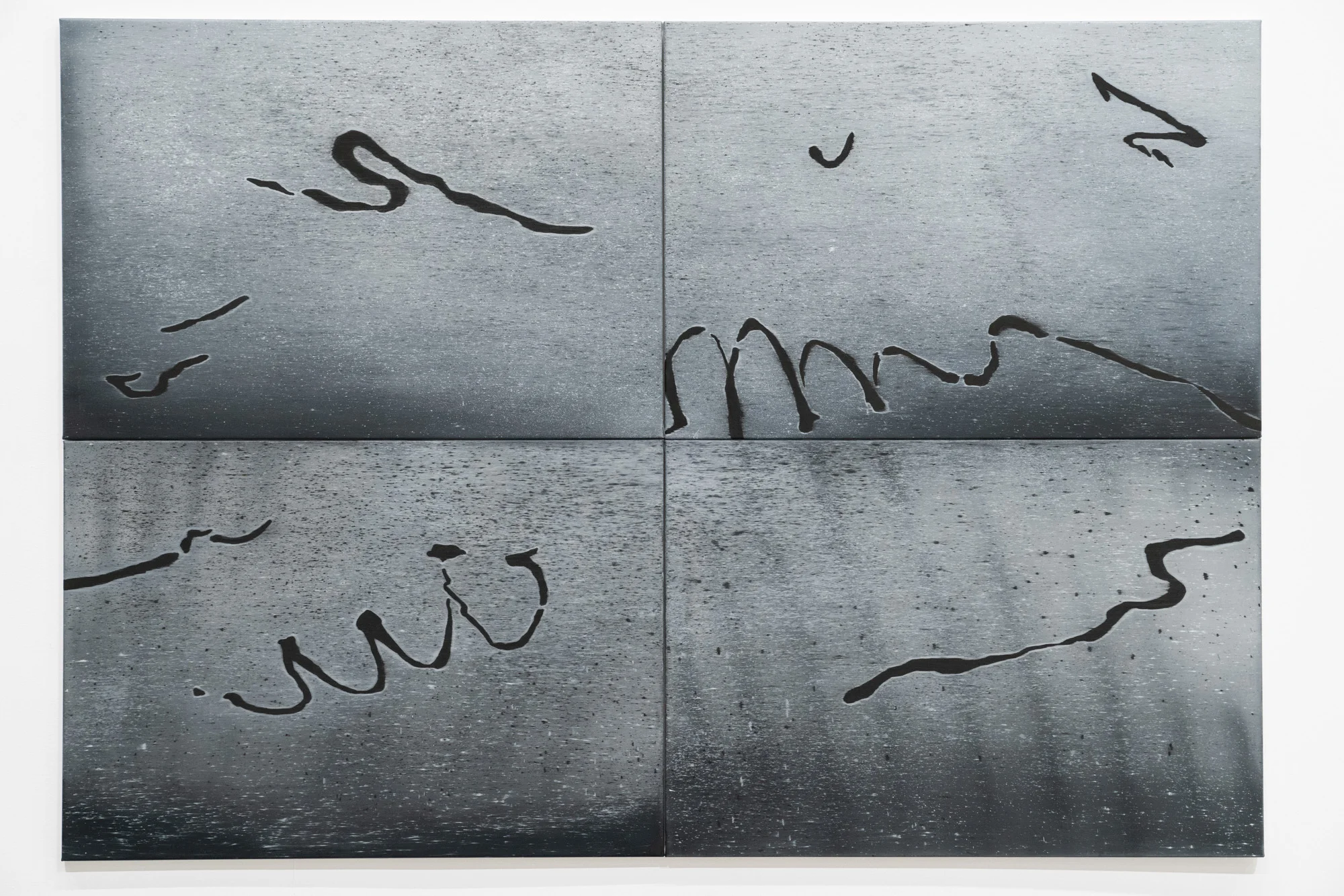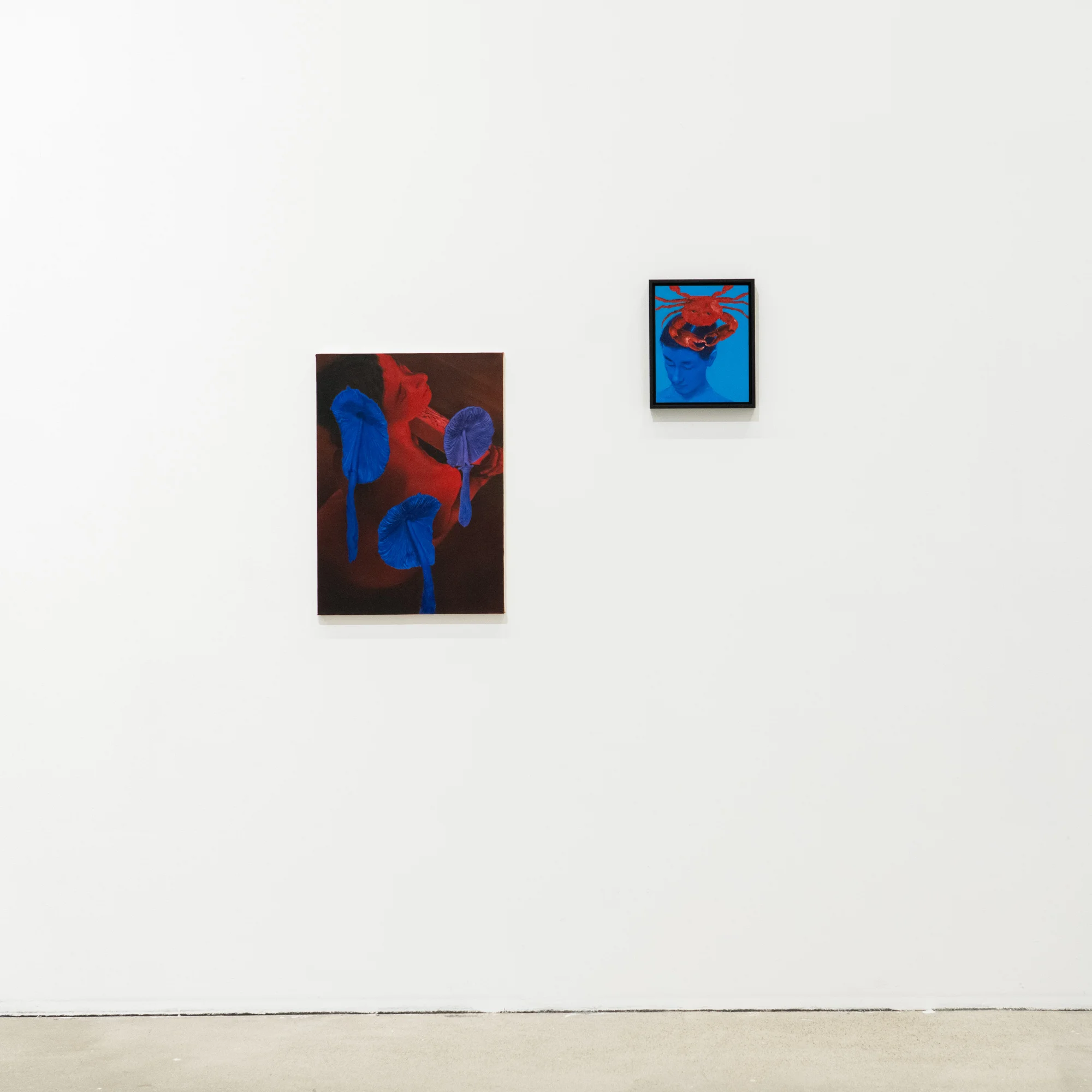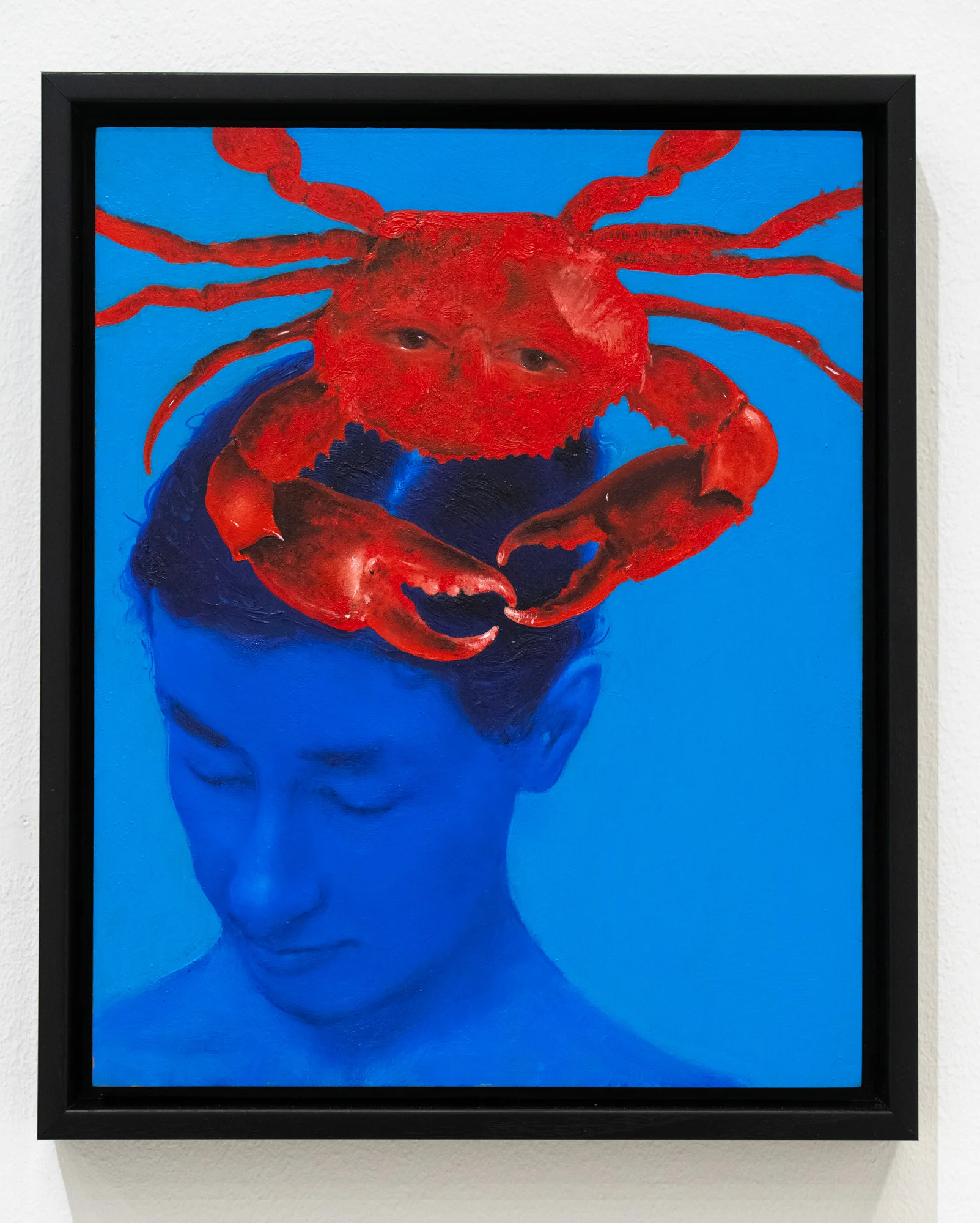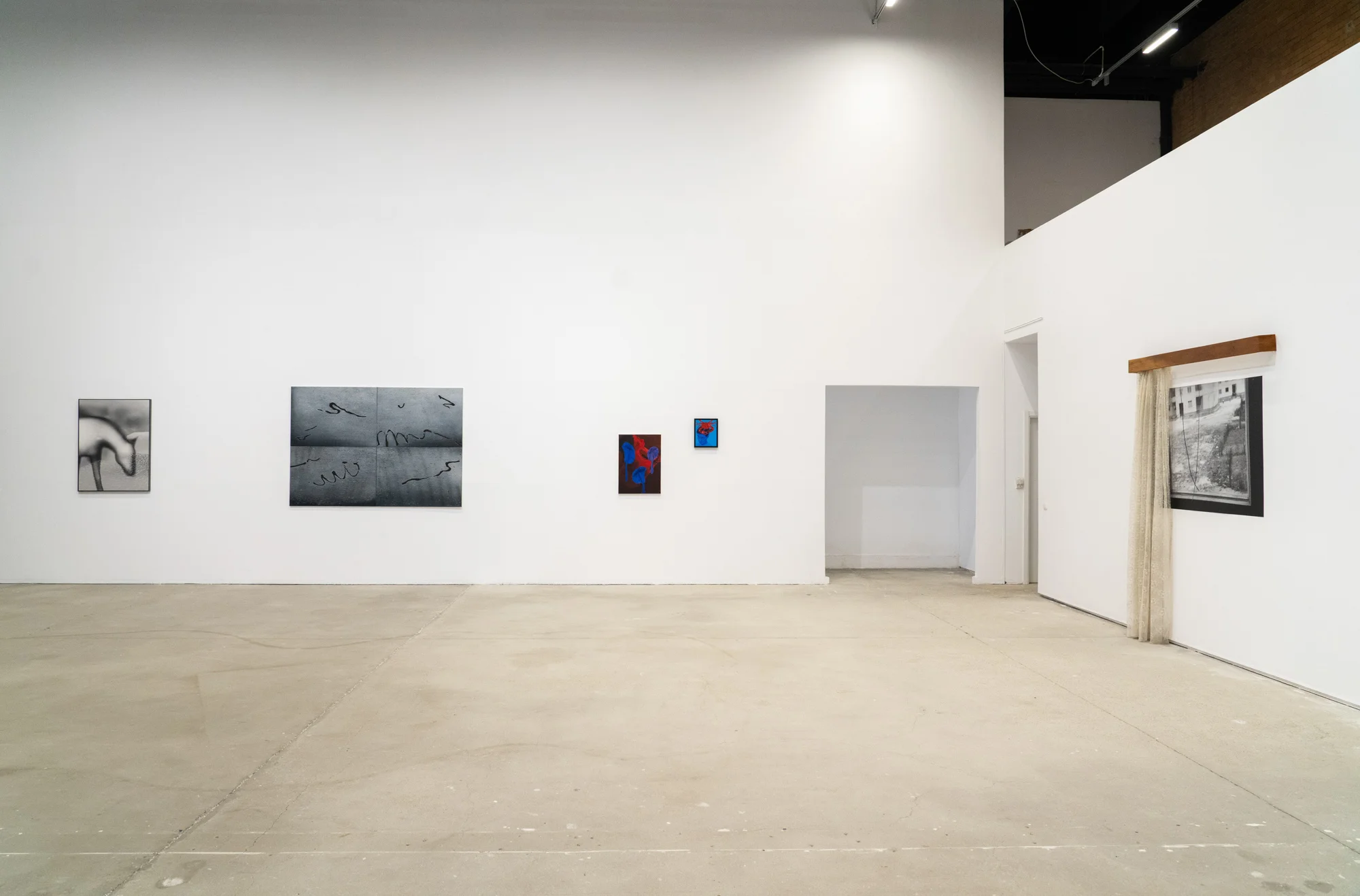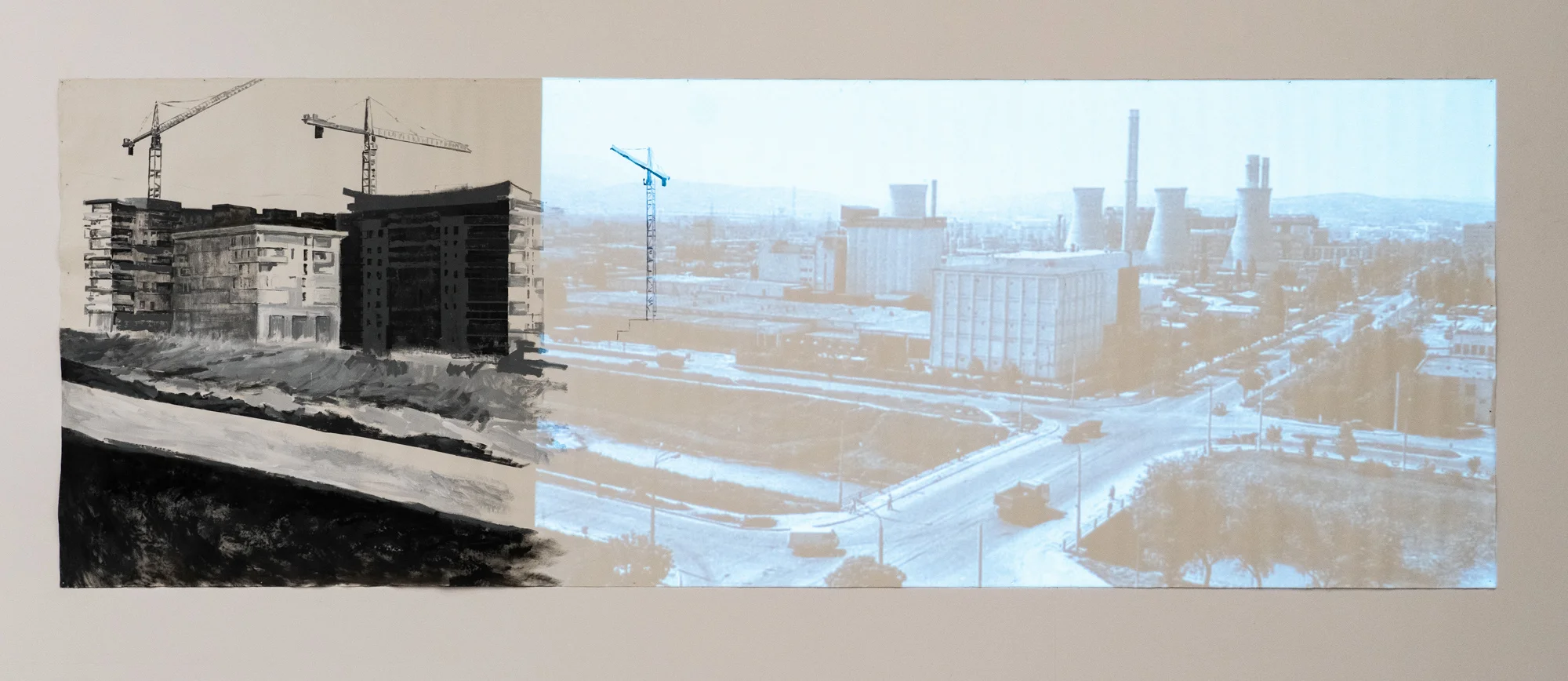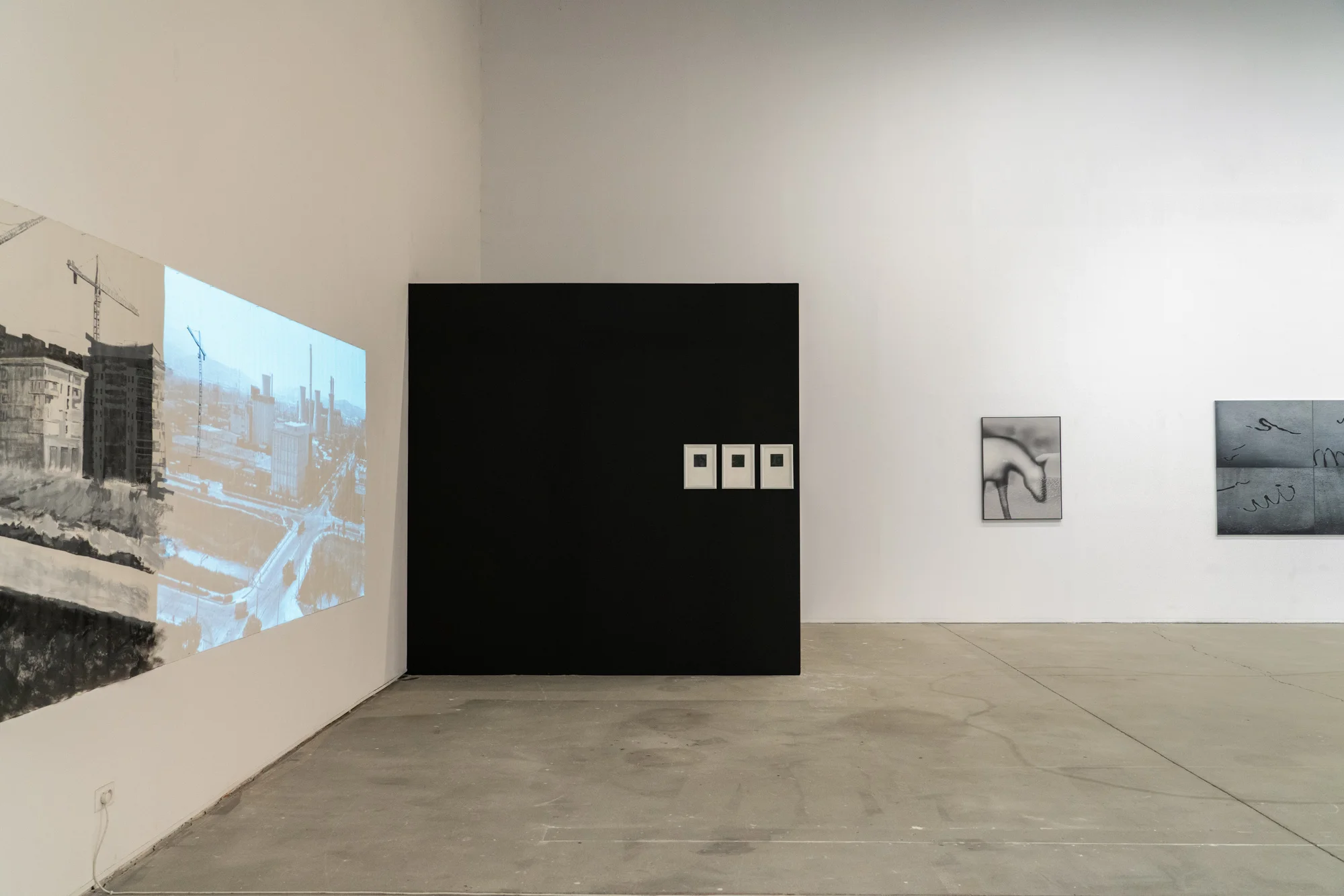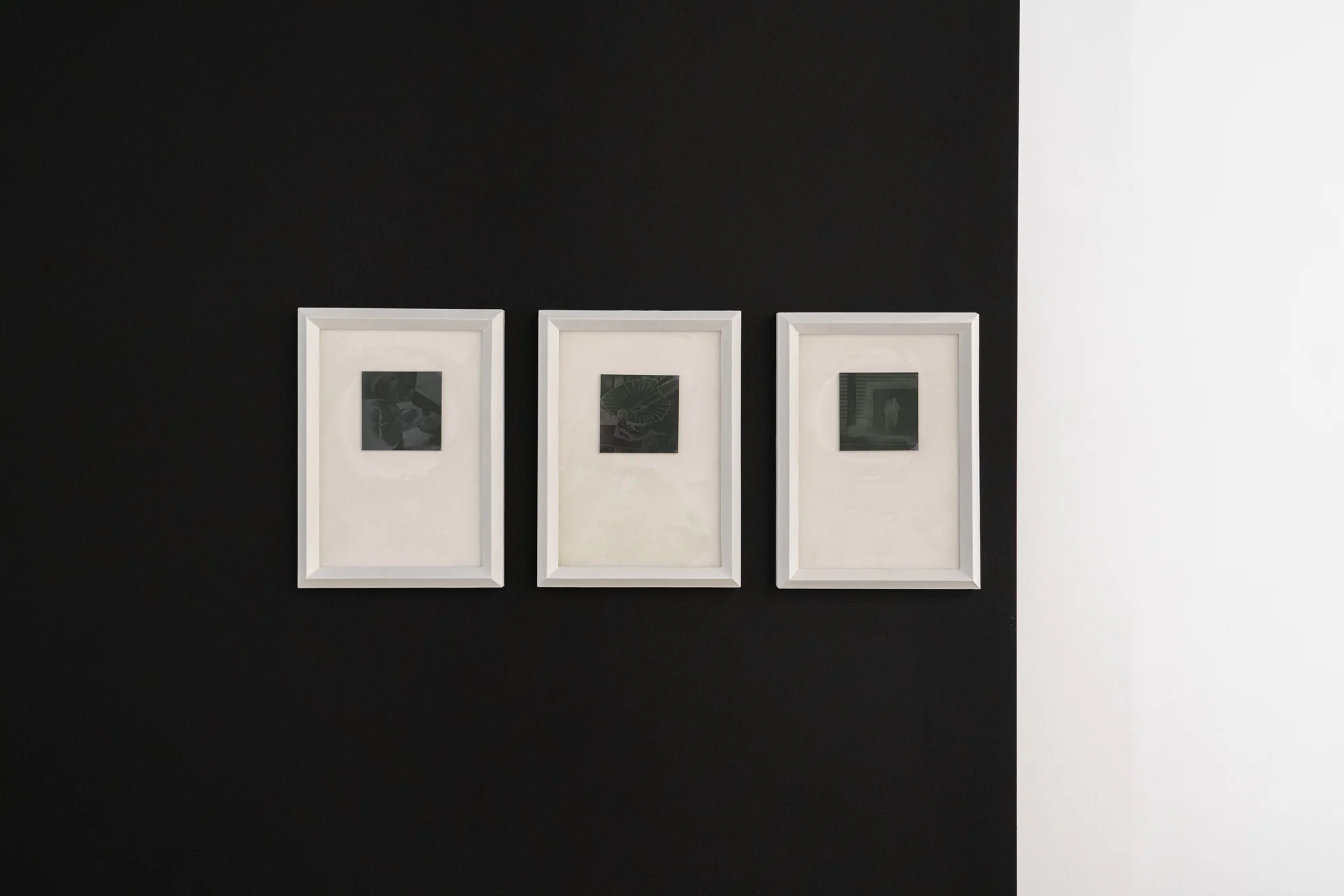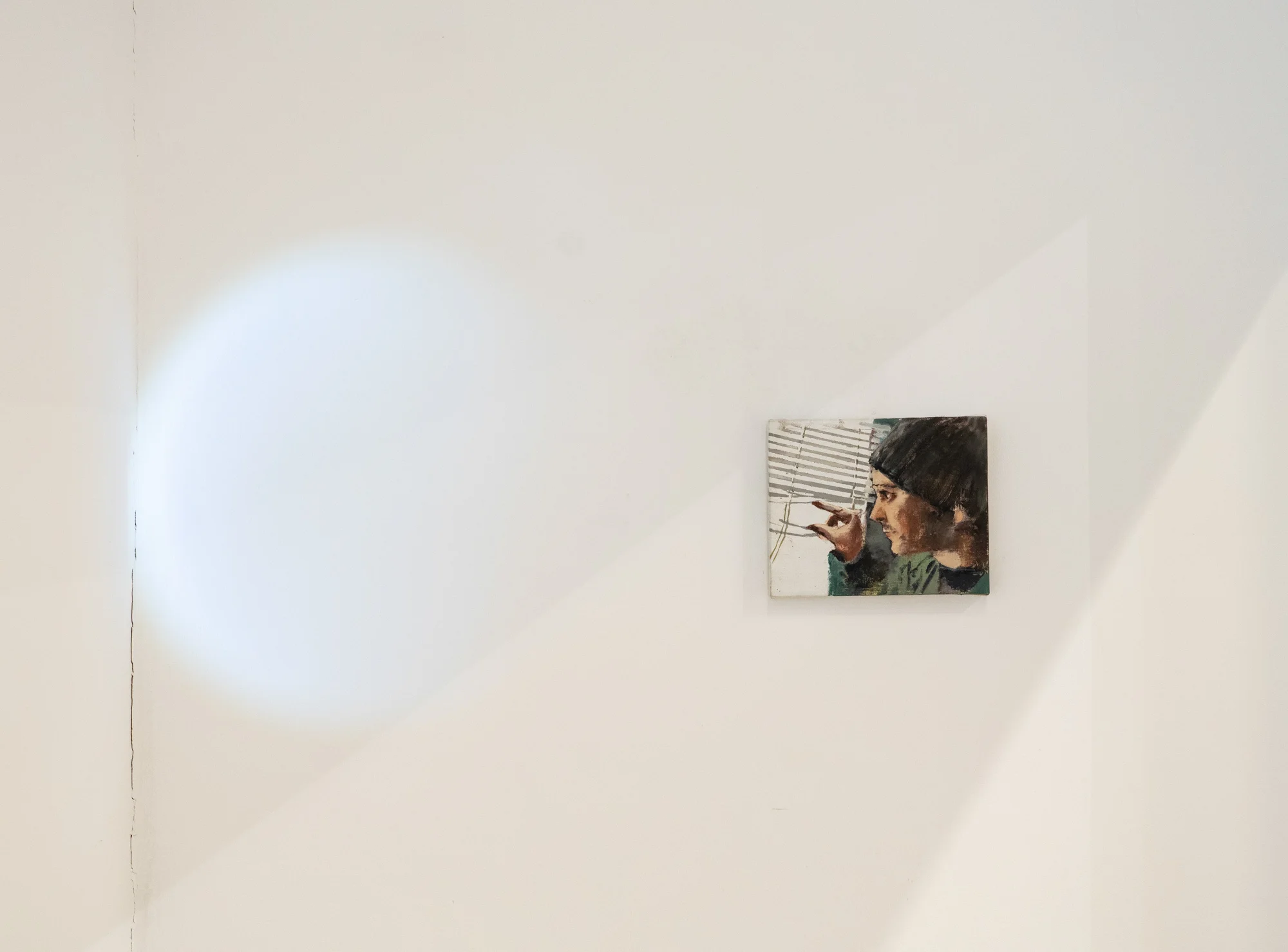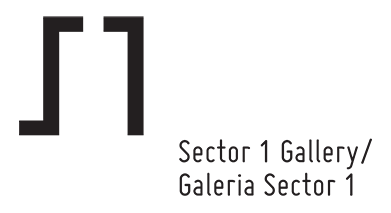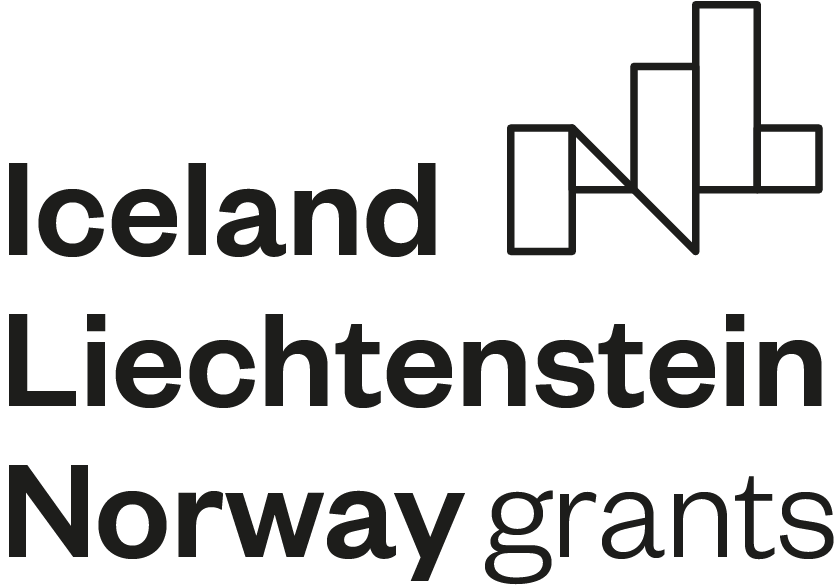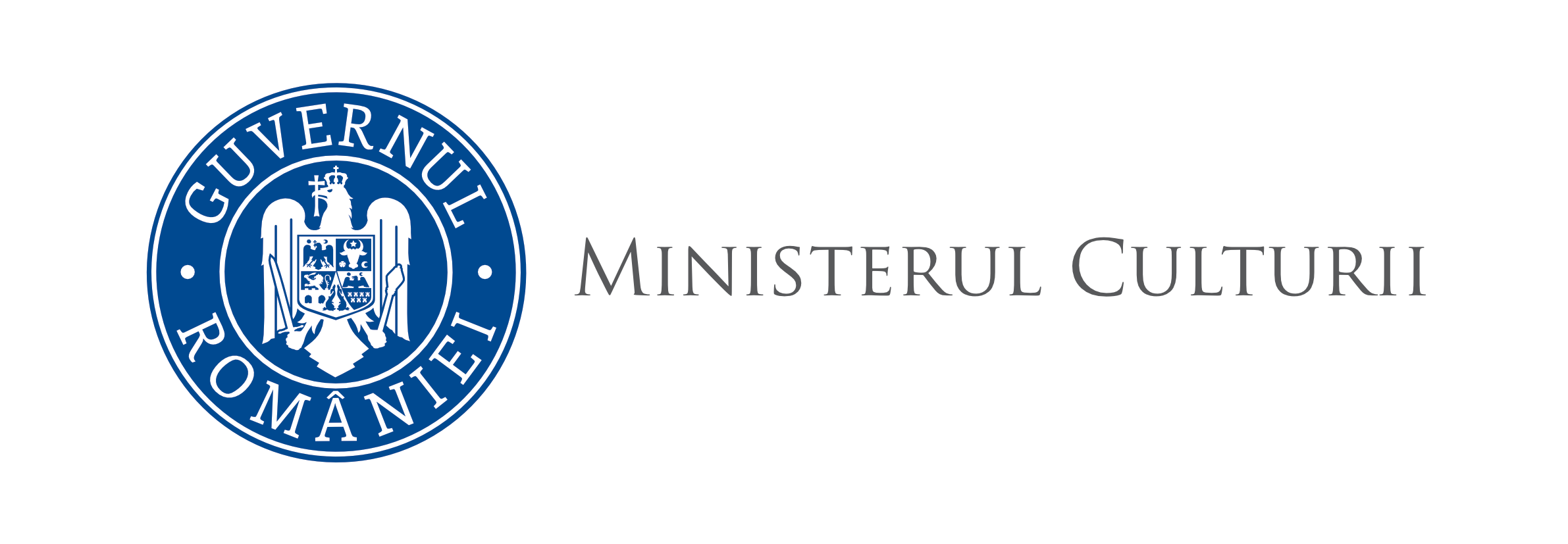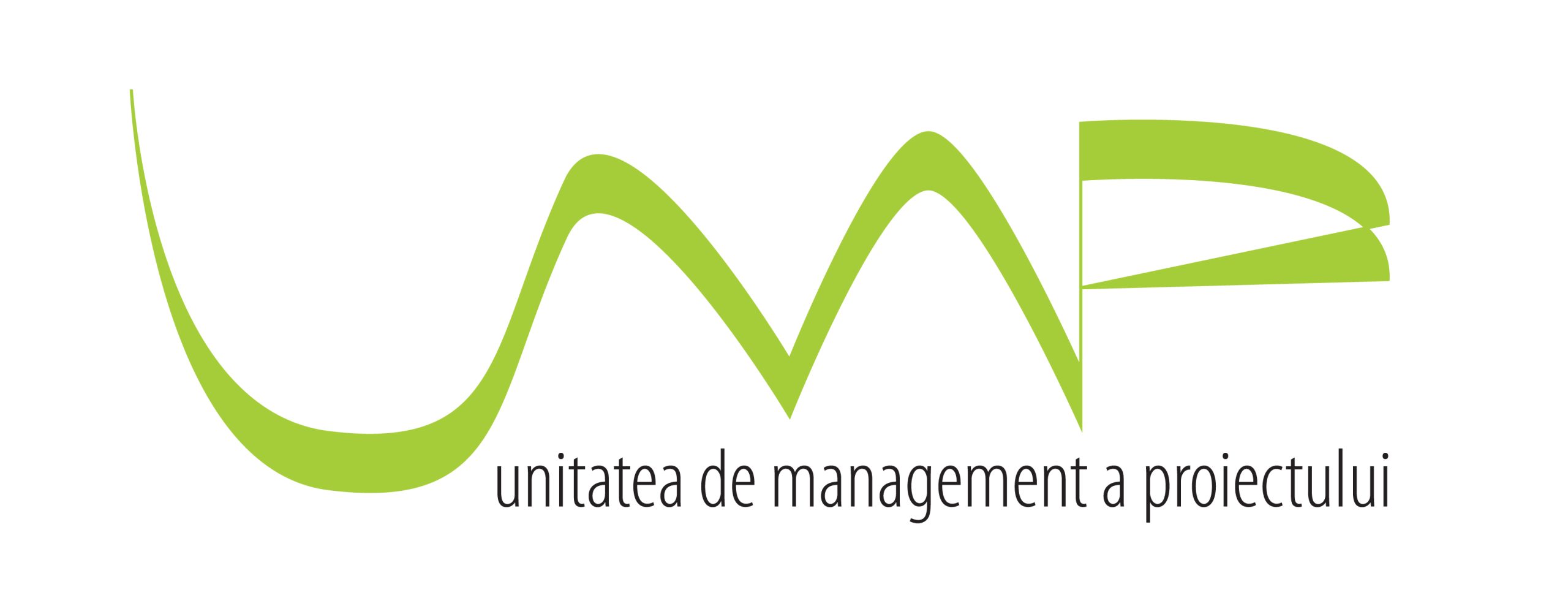One could observe a strange relationship within Socialist Realism, whose naivety in rendering the official portraits is of course also related to the way the photographic document was perceived – the artists simultaneously seemed to approach the camera, while also running away from it. Perhaps the old methods of painting and photography, which tend to situate the viewer in a single spatial point, are no longer sufficient to imagine the hyperconnected world of today. Instead, a fusion that benefits from the logic of sequentiality and of the multiple, as well as the empirical reality specific to one medium, and by the expressiveness of its materials and the almost ritualistic preservation of the implied techniques, as well as the hegemonic prestige specific to the other, may be more appropriate.The genealogy of the exhibition formula thus begins not with the nodal relationship that painting and photography have through the mirror image of reality, but with the inherent processes that the two mediums contain in their specific typology. It is concealed in such a way that it reflects on the changes that the two mediums produce in the artistic and social area, inside the artistic habitus. If mediums can imitate one another, artists will always be more interested in testing the limits and conventions of the system itself. Thus, the exhibition is composed on one hand by artists whose practice uses the camera as a tool to see the analyzed object structurally rather than as a simple mimetic mechanical, image-producing object, with the result becoming another processual layer that creates distance and analysis. Photographic works that question the mediums autonomy by relating to major stances of painting, such as pictoriality or the transcendence of the mirror with memory, towards the image as a window. Balanced, by a number of artists whose work primarily focuses on the medium of painting, based on questions related to the structurally reductive power of photography, the emotional potential of the camera, the materials that capture light in a physical or chemical trace, or the optical perception issues that the photographic-based image places forward. This idea is depicted in Marcel Rusus painting by assuming some of the Polaroid physical properties in a hyperrealistic painting. Because one of the sides is slightly smaller than the other, the format becomes a square with movement. The atmospheric quality of the snapshot, which in low light transforms the exposed subject into blurred tonalities, captures the melancholy atmosphere unique to the concrete spaces between the communist blocks depicted, just as 18th-century landscape painters preferred a Claude mirror to a plein-air image.
Similarly, but in a different way, Nora Teplan transfers onto the canvas the physicality of the naked film, the way light reflections fall on its surface – the abstraction already present on the film side, which holographically foreshadows the hidden image of a real recorded moment, and which appears to us as the atomized reality of photons. With a seemingly inverted process from that of László Moholy-Nagy, who uses light instead of pigment, she uses pigments to recreate the traces of light.Marius Bercea, a well-established contemporary artist, has in recent years expanded his practice based on painting, to photographic installations and assemblages. The iPhone photos democratic accessibility is transposed with painterly expressiveness, the effect of the pixels that become visible when such a photo is made in a larger format than allowed by its properties. In the case of painting, his works are frequently based on memory, extensive studio scenographies, and photographic documentation, with the artist constructing a personal heterotopia as a bridge between the two specific places in which he develops his practice – Transylfornia. Starting with a modernist arsenal, such techniques as adjusting the size of the chosen frame to the subjects body, are worth mentioning. His paintings employ cross-media approaches, with insertions such as collage, to create new spaces that are figurative landscapes rather than simple compositions that can be recognized-as landscapes or as portraits. The composition in the present painting is entangled cinematically with a beam of light, which transcends the painted scene format as in a performative continuum.In the same artistic context, as it is common for a mid-career artist, Răzvan Boar revisits methods of representation contained in his previous works, through this new series of paintings. The works appear to condense the two distinct moments, like two snapshots, and are based on a scenography that is both biographically and symbolically charged. They contain an analogy with the oceans bottom, with its translucent red organisms and the visibility of this particular color in low light conditions. Rhizomatic mushrooms painted more freely, like in the artists previous series based on studies of comic books and mid-century commercial images, are shown as a counter-narrative over this photographic monochrome background. Problems like the reflection on the metal surfaces depicted in the corpus of the symbolistic mushrooms, which were posed at the beginning of the proliferation of optical devices in the Baroque period, or much later in the American hyperrealism, show the movement behind the visible scene, the reality to which the viewer has no access. These intricate scenographies have a variation on the same theme, the artists life partner, alongside himself, often symbolically represented as an intuitive and incisive trickster caught between domestic tranquillity and the avatars of desire.
Despite the fact that painting is his dominant medium, Răzvan Boar always places himself at the edge of this territory, where the limit of chaos is located, and where systems, as they say, work optimally.With specialized academic training in both photography and painting, Sarah Muscalu proposes, through the project Factory: A Report on History, a discursive strategy to illustrate the relationship between the two mediums. She transcribes a specific industrial location by dividing the canvas into two sequential fragments, one depicted in an expressionist painting style, the image of the site today, and the other with a projection of an image from the sites functional past. As a result, time and space become a continuum that helps to construct a critical social narrative. This sequentiality also implies the concept of indexicality, in which the signs have a natural contingency relationship with their referent.The same indexing process is present in Andrei Nacus artistic practice, which is usually based on the logic of the archive, be it personal (affective) or public (anthropological). He looks for patterns in images, or for certain deeper codes embedded in the material itself, whether they were caused involuntarily by factors such as time, or voluntary by human intervention. In this process that the fragile and perishable medium of photography suffers continuously, he often looks for the graphic gesture, the closest one to human activity, as scratches-tears-stitches, usually caused by forgetting-negligence-anger.Abel Rad uses a processual photographic approach, searching ways to revitalize the source image with the authentic look of a drawing, or a painting. He recontextualizes the base image, deconstructing and reconstructing new references, by such processes as solarization or digital manipulation. It is like a pictorial biography in appearance, but produced as an object, with the skills (techne) required by analog means. Perhaps it should be remembered that, regarding the privilege which the two mediums share, as Bazine had observed since the 19th century, it rests on the mummy complex, meaning the desire to transcend death by perpetual bodily existence. The exhibition does not intend to draw on this fact, but to transmit news – without images – Medical reports show that the adult population experiences an increase in electrodermal activity when they tear apart a photograph with sentimental value.
